Why Do Families Migrate? Children's Education is the "Currency of Love”
A Harvard scholar traces how migrant parents turn sacrifice into opportunity through their children’s education.
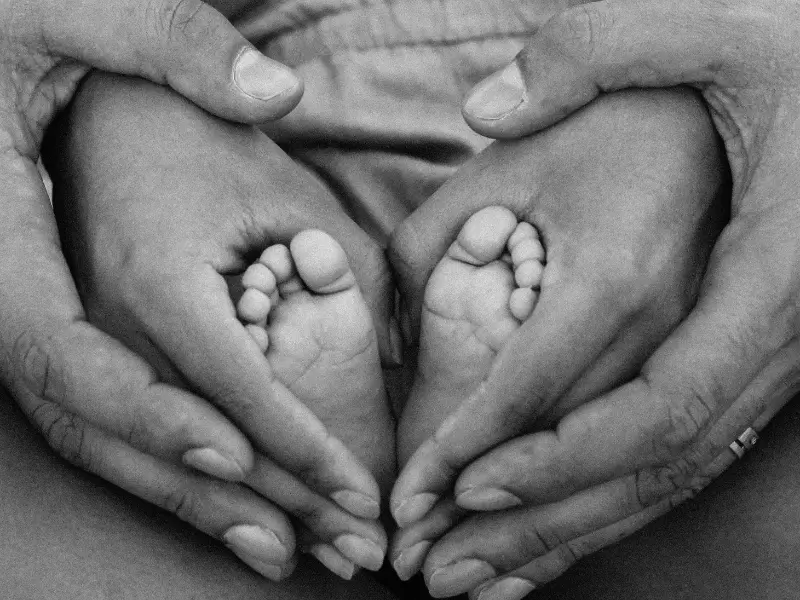 Representative Image / Pexels
Representative Image / Pexels
Sandra Garcia came to America without her son Christofer. As she cleaned houses, her focus remained on Christofer’s education. She planned the school he would go to when he came to America. Kashmir had the same journey. She had left her three children with her mother in Punjab. As she established herself in her new country, cooking meals at a furious pace, she shared photos of her youngest son.
“See how cute he is,” she exclaimed. The homeowner these ladies worked for had come with the same ambitions. “There was no Sesame Street in India and the quality of books was not encouraging,” said the corporate executive. Their migration fueled by hope in their children’s education and future, the three women worked hard to achieve their dreams for their children.
In Now We Are Here: Family Migration, Children’s Education, and Dreams for a Better Life, Harvard scholar Gabrielle Oliveira follows the lives of 16 migrant families from Brazil, El Salvador, Guatemala, and Honduras as they navigate the promises and challenges of the American education system.
Despite everything they go through, the future of their children makes it a worthy sacrifice.They see these countries offering the hope of safety, opportunity, and stability that will enable their children to flourish.
Speaking at the American Community Media briefing, she said: “Often what I found was that migrant and migrant families become a kind of one-dimensional characters in the media where you just hear more about them coming for economic reasons. Coming to escape something,” she said. “What’s lost in that portrayal is their full humanity, their dreams, hopes, and emotional worlds.”
Education represents hope, continuity, and love, the tangible reward for the sacrifices made in migration. For many parents, ensuring their child can go to school, learn, and grow becomes a way to make sense of displacement and an expression of deep care and faith in the future.
Oliveira highlights the perseverance of families confronting what she calls multiple disruptions: the overlapping crises of border detention, family separation, and a public health emergency. These experiences forced them to reimagine education and what it means to build a future in the U.S.
She spoke of how immigration policy and border realities ripple directly into the emotional and educational lives of children.
Immigrants in Classrooms
“Now we're in this phase which is a highly surveillance moment of technological and psychological dimensions of fear.” People sense that they’re being watched, monitored, or judged in ways that affect their everyday lives.
where people are worried. They're worried about going to work, they're worried about taking their kids to school.
When a five-year-old is preoccupied with worry “Will my parents be home when I get back?” their stress response system is activated, which physiologically interferes with attention, memory, and curiosity. Teachers then find that even basic routines take longer to establish. “They try to share a 5-year-old, a 7-year-old, a 9-year-old through writing, through storytelling.”
Her advice for educators is the best way to have a solid classroom where instruction goes really well is to have a trusting relationship.
Her research offers vital insights into the intersections of schooling and immigration. It calls for more responsive educational practices and policies that affirm the dignity and potential of all migrant children.
She exposed the emotional and moral dimensions of migration too often missed in policy debates.
Very difficult times for migrants
We don't make policy, especially immigration policy, thinking about children and youth's well-being. In fact, says Oliveira , terror is actually part of the strategy.
The policies themselves aren’t necessarily designed to cause harm, but they’re built around the idea of deterrence that is if conditions are made difficult enough, fewer people will try to come. Yet, in practice, this approach has deep and lasting consequences. Over time, it frays the social fabric, as young people who could become productive members of society begin to lose trust in institutions and feel a diminished sense of belonging. Many start to wonder if they must seek belonging elsewhere, leaving them vulnerable to exploitation and isolation. The result is a cycle of exclusion and enduring trauma that shapes their lives long after the initial policy goals have faded.
“We're always stuck in this cycle of actually doing the most damage in the lives of very young people, and then there's this idea that young people are resilient. They'll get through it, they're so young.”
ADVERTISEMENT
ADVERTISEMENT
E Paper
Video



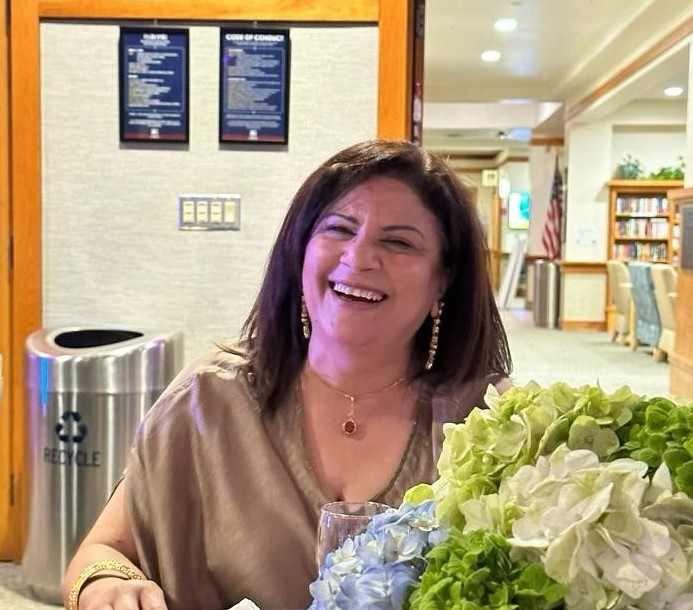 Ritu Marwah
Ritu Marwah 
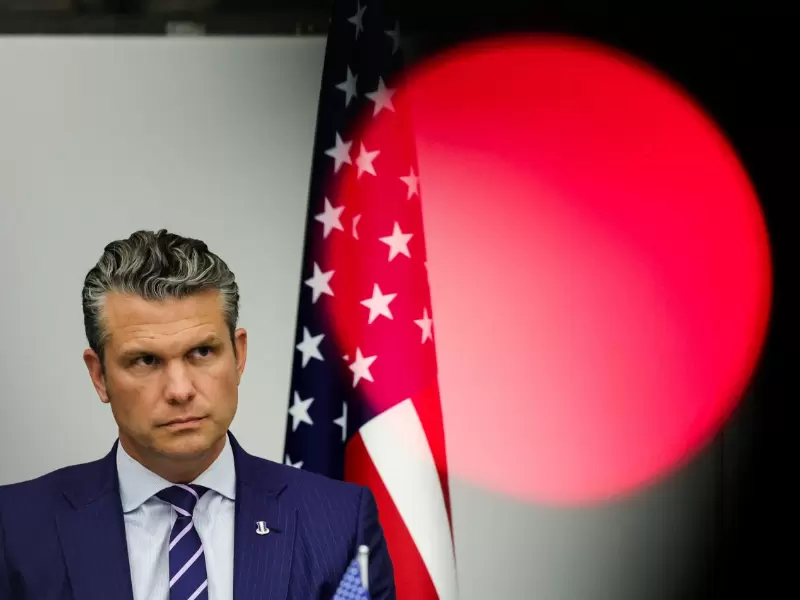

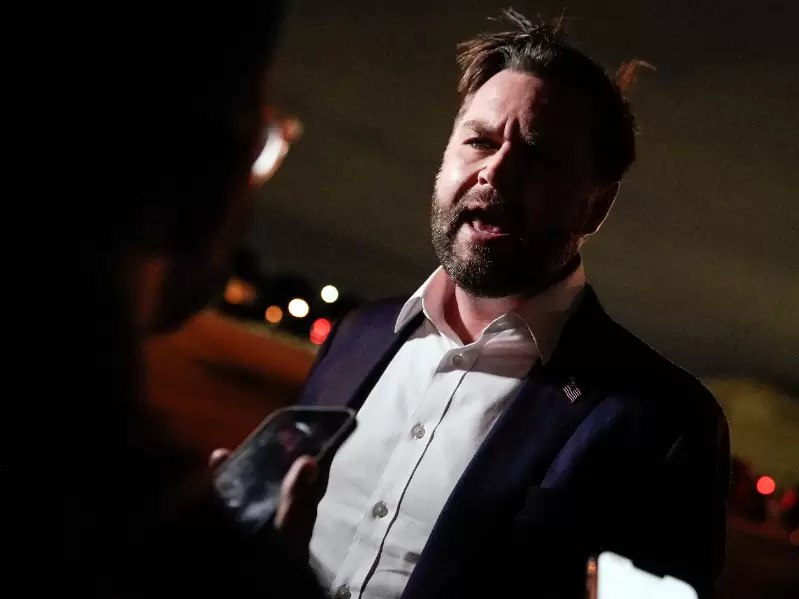
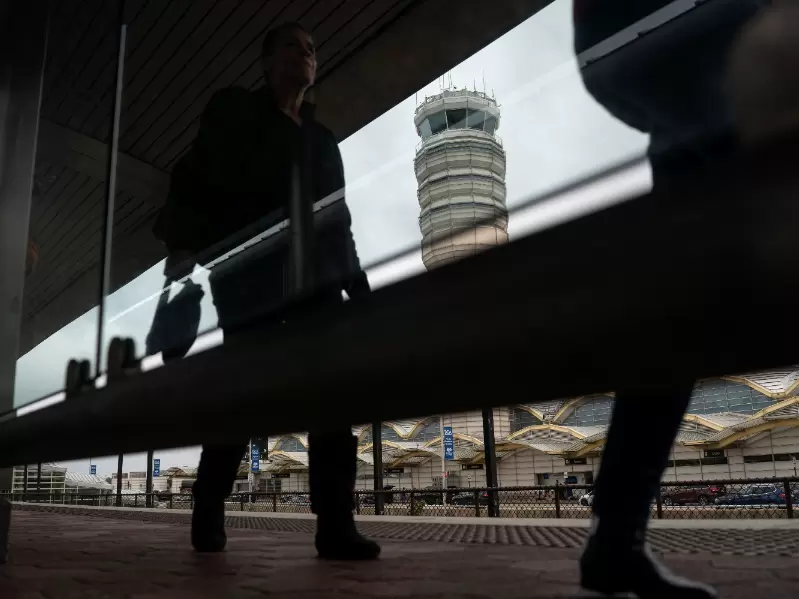
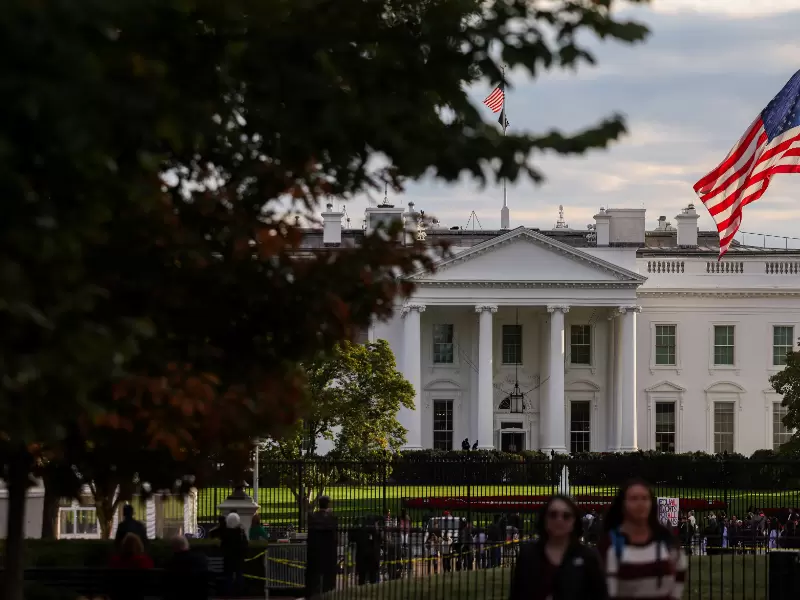
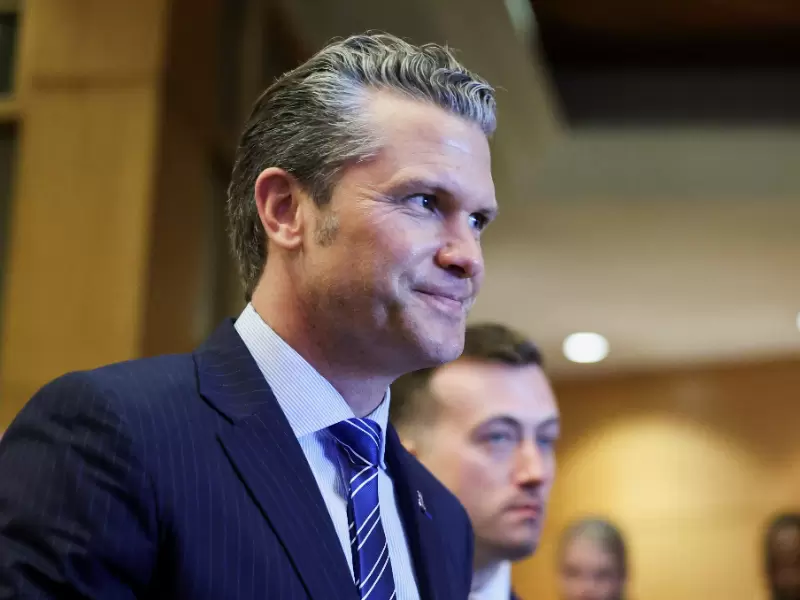
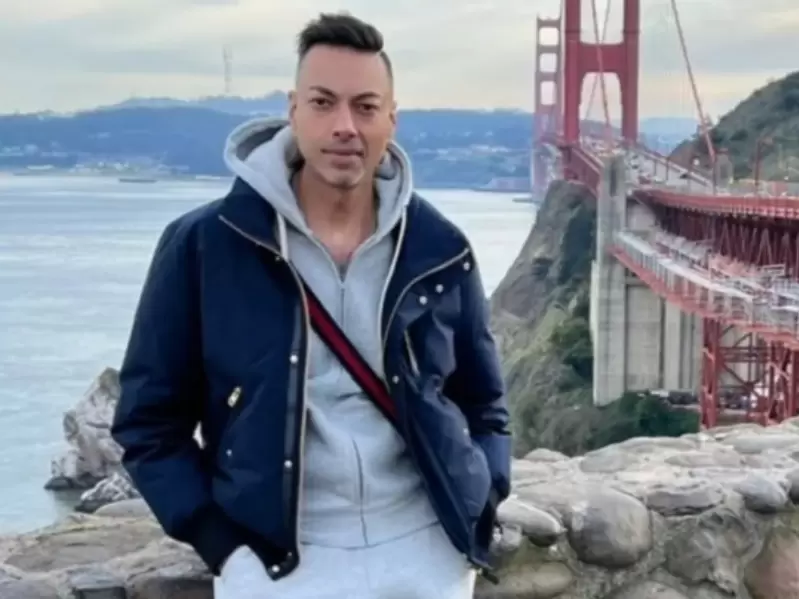
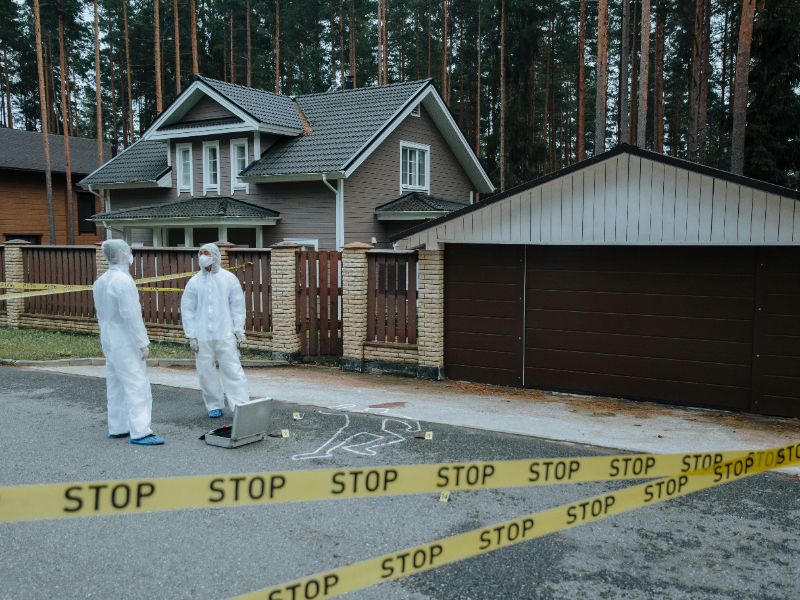

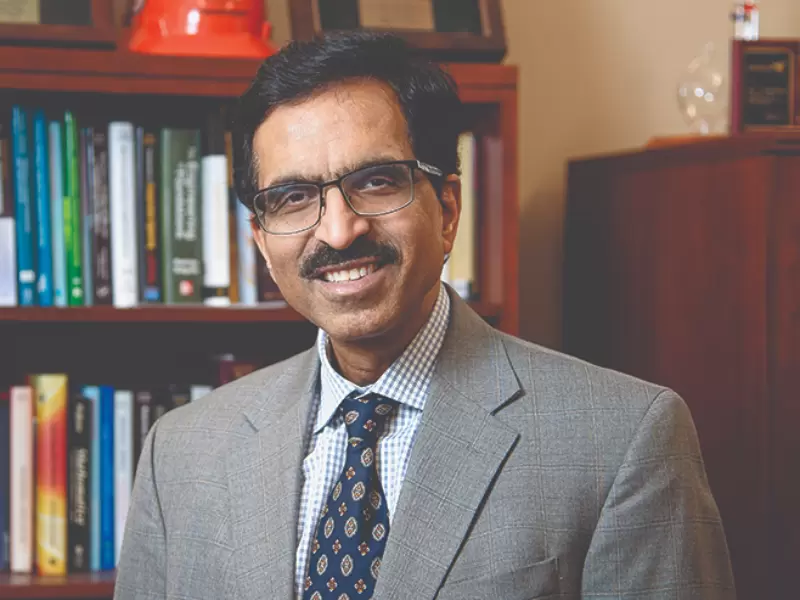
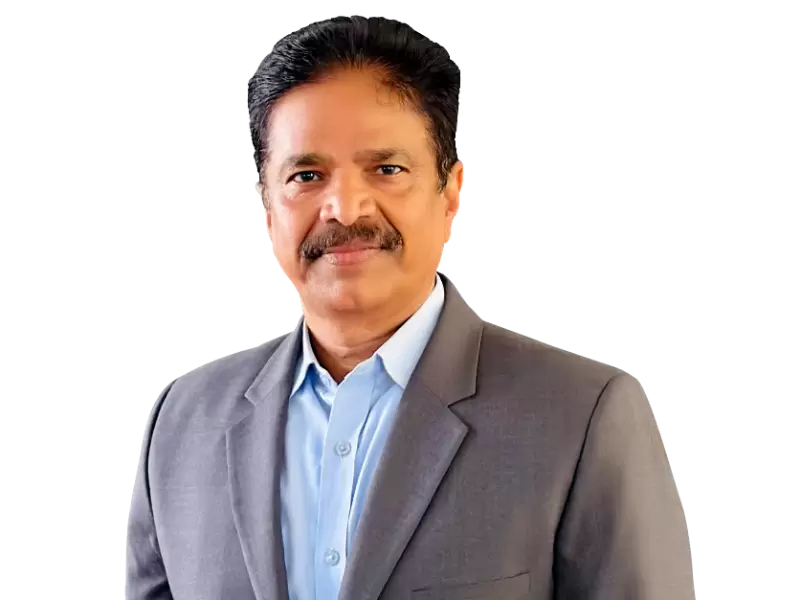

Comments
Start the conversation
Become a member of New India Abroad to start commenting.
Sign Up Now
Already have an account? Login